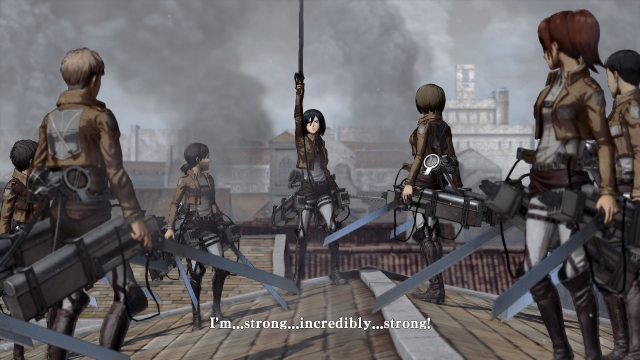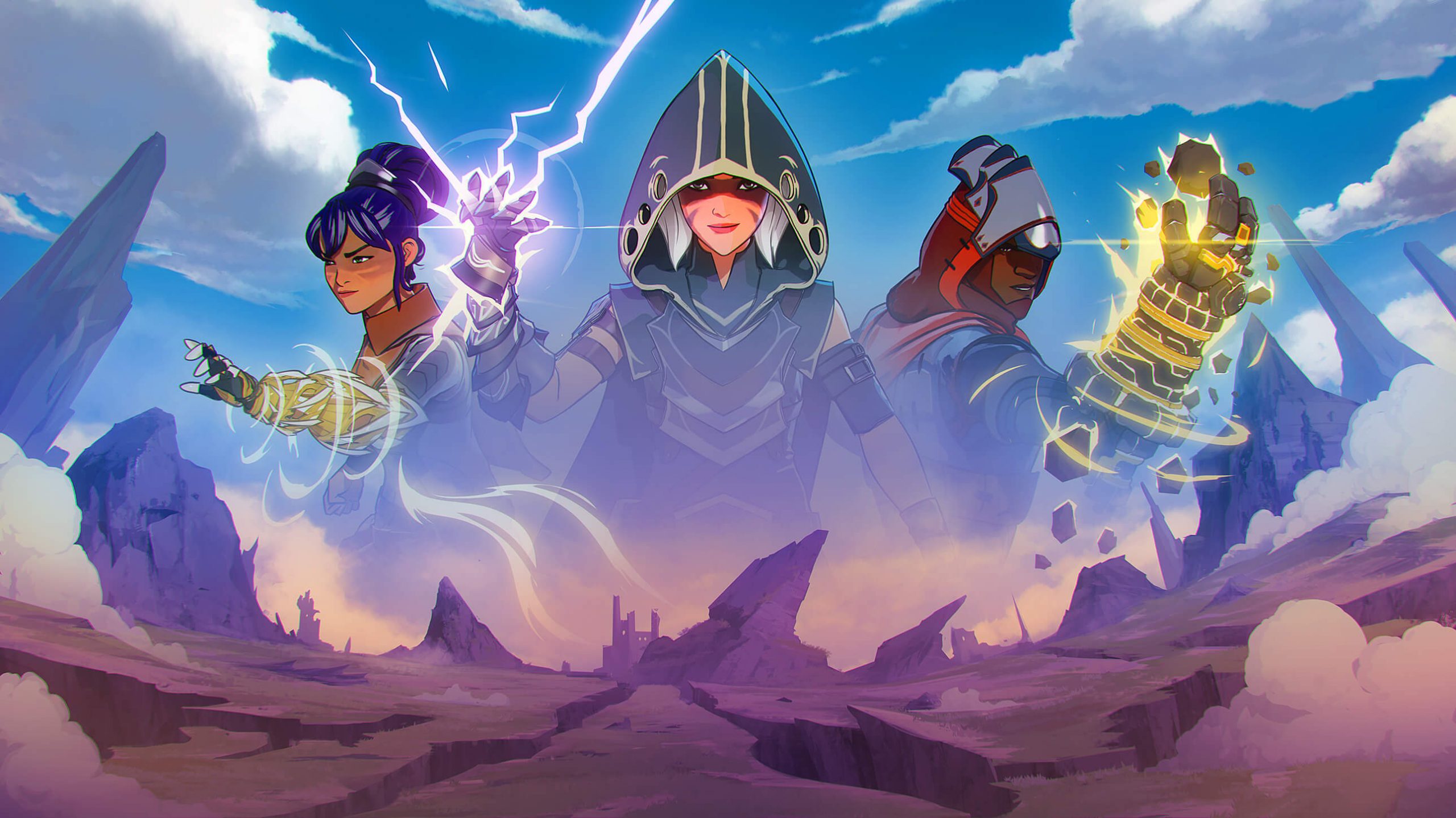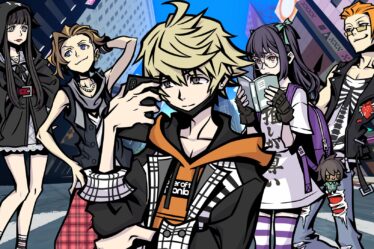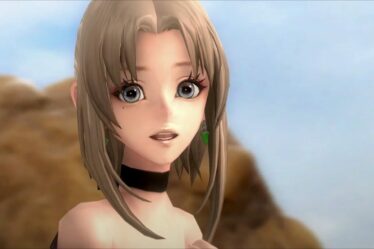
This article was originally published in Italian on Thegamesmachine.it in 2016.
If a significant portion of the gaming landscape dedicated to animated adaptations bears the Bandai Namco mark, it must be acknowledged that with high-value IPs like Berserk and Arslan entering Tecmo Koei’s portfolio, the software house behind franchises such as Dead or Alive and Project Zero is carving out its own slice of the anime-style tie-in market. After all, the Omega Force studio has long been at the center of an intricate web of collaborations—just think of the recent Dragon Quest Heroes and Hyrule Warriors, critically acclaimed despite featuring gameplay structures not too dissimilar from those of Samurai Warriors or Dynasty Warriors, series that are far less appreciated in the West compared to their reception in Japan.
A.O.T.: Wings of Freedom is perhaps one of the most ambitious projects from the masterminds of musou games, both for the prestigious name it carries on its cover (the acronym stands for Attack on Titan, also known in Italy as L’Attacco dei Giganti) and for a gameplay formula that finally breaks away from the usual hack-and-slash against hundreds of mindless enemies.
As with Arslan: The Warriors of Legend, a large portion of the developers’ efforts has been dedicated to crafting a story mode that faithfully follows the events of the anime adaptation of the original manga, produced by Japanese animation studio Wit Studio and directed by Tetsuro Araki—best known for his work on Death Note. The story thrusts players into a fantasy setting where humanity has resigned itself to living behind towering walls that protect them from massive humanoid creatures known as Titans (or “giganti” in the Italian manga adaptation). The narrative kicks off when Eren, Mikasa, and Armin—the three young protagonists—narrowly escape death thanks to the timely intervention of soldiers, eventually enlisting in the very military force tasked with maintaining peace within the kingdom.
The story mode follows the anime’s dialogues and atmosphere as faithfully as possible, stripping away anything non-essential to the plot and recreating, shot by shot, its most cinematographically inspired moments—drawing heavily from the aesthetics and artistic finesse displayed by Wit Studio. Unfortunately, despite being visually appealing, these cinematic sequences lack a soundtrack on par with the anime’s, composed by the legendary Hiroyuki Sawano (Xenoblade Chronicles X) and Japanese composer Revo (Bravely Default). Instead, players must settle for a musical score that fails to capture the same level of epicness found in the 25 episodes that make up the first season.
Fans will be pleased to know that this mode, while concluding right after covering the events familiar from the anime, extends beyond that—introducing some of the characters and situations set to appear in the second season, which was slated for release in 2017. While it doesn’t offer anything groundbreaking or disrupt the web of intrigue that manga readers have become accustomed to over the past two years, it’s still gratifying to see that Koei Tecmo and Omega Force went beyond merely delivering a well-executed adaptation, offering a sneak peek to those who had been eagerly awaiting the continuation of the protagonists’ story since 2013.
From a pure gameplay perspective, A.O.T.: Wings of Freedom showcases a commendable effort from the Japanese studio. Faithfully recreating the high-speed action of the anime was no easy feat—especially after the disastrous results of Attack on Titan: Humanity in Chains, the Nintendo 3DS adaptation by Spike Chunsoft. However, Omega Force’s efforts are evident from the very first moments players take to the air using the characters’ signature gear.
Most battles against the grotesque Titans can be won simply by aiming for the nape of the neck—one of five possible target zones—while maneuvering through the air to avoid obstacles along the trajectory. However, there are several reasons to engage in more elaborate Titan-hunting maneuvers: both the upgrade mechanics for equipment and certain side missions require players to sever additional body parts. Naturally, as the adventure progresses, new enemies appear that demand varied strategies, though never to a particularly challenging degree.
During missions, players can recruit up to four squad members, each ranked by a letter grade indicating their skill level. Naturally, the best allies are only unlocked after completing certain timed missions, which are clearly marked on the map. One aspect I particularly appreciated was the slight gameplay variation introduced through character switching: Eren is a well-balanced fighter with the ability to transform into a Titan, the silent Mikasa is a combat-focused warrior capable of executing multiple chained attacks, while the blonde-haired Armin is a tactical leader who can command his teammates to attack without putting himself in harm’s way.
Beyond the three protagonists, players can take control of other well-known characters from the anime, each with distinct traits and, from a gameplay perspective, noticeable variations in combat style. While the game avoids the pitfall of a limited roster of playable characters, it must be said that the core mechanics are repeated to the point of exhaustion. Despite the fast-paced movement between locations across the barren environments, the specter of monotony constantly looms. Upon completing the single-player campaign, players can engage in missions separate from the main story, gathering resources and money to enhance their equipment. There is reportedly an option for online co-op with friends, but I did not have the opportunity to test it.
Ultimately, once players have mastered the rhythm of Titan-slicing, the only real challenge lies in reading the on-screen action—often chaotic and hindered by frequent frame rate drops and a camera that struggles to keep up, frequently clipping through objects and causing glaring graphical glitches. It’s a real shame, considering that the cel-shaded character models are arguably some of Omega Force’s finest work this generation. Moreover, despite the welcome presence of the original Japanese voice acting, A.O.T.: Wings of Freedom is one of the few cases where I truly felt the need for an alternative way to understand what the characters were constantly shouting at each other. The speed at which certain actions must be performed simply doesn’t allow players to read subtitles without getting lost in the general chaos.
With A.O.T.: Wings of Freedom, Omega Force and Koei Tecmo raise the bar for the standard of quality we’ve come to expect from their musou titles, delivering an engaging experience—flawed, yet unique enough to be appreciated even by those unfamiliar with the series. It may not be the best anime tie-in out there, but then again, Omega Force is no CyberConnect2.


